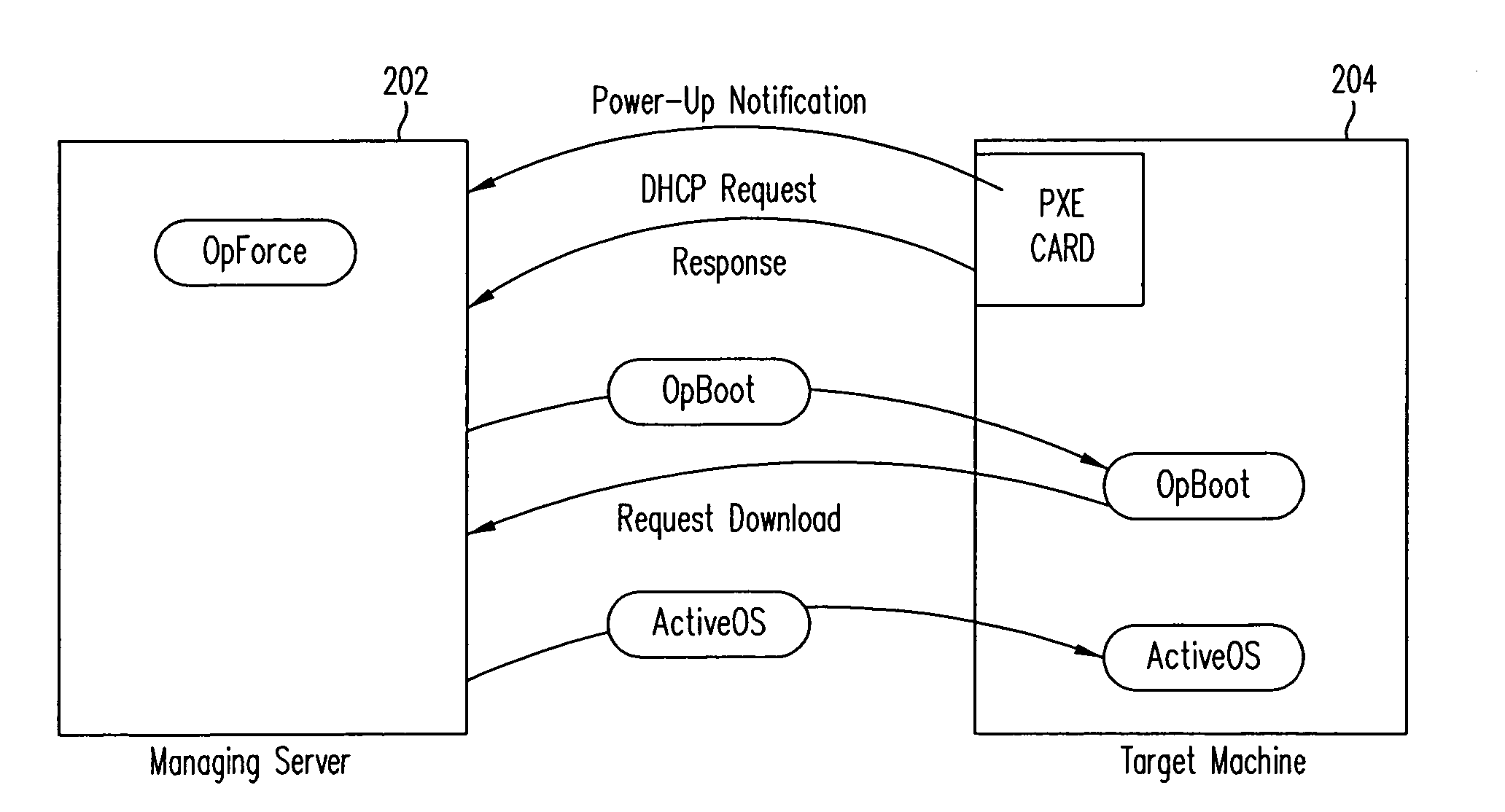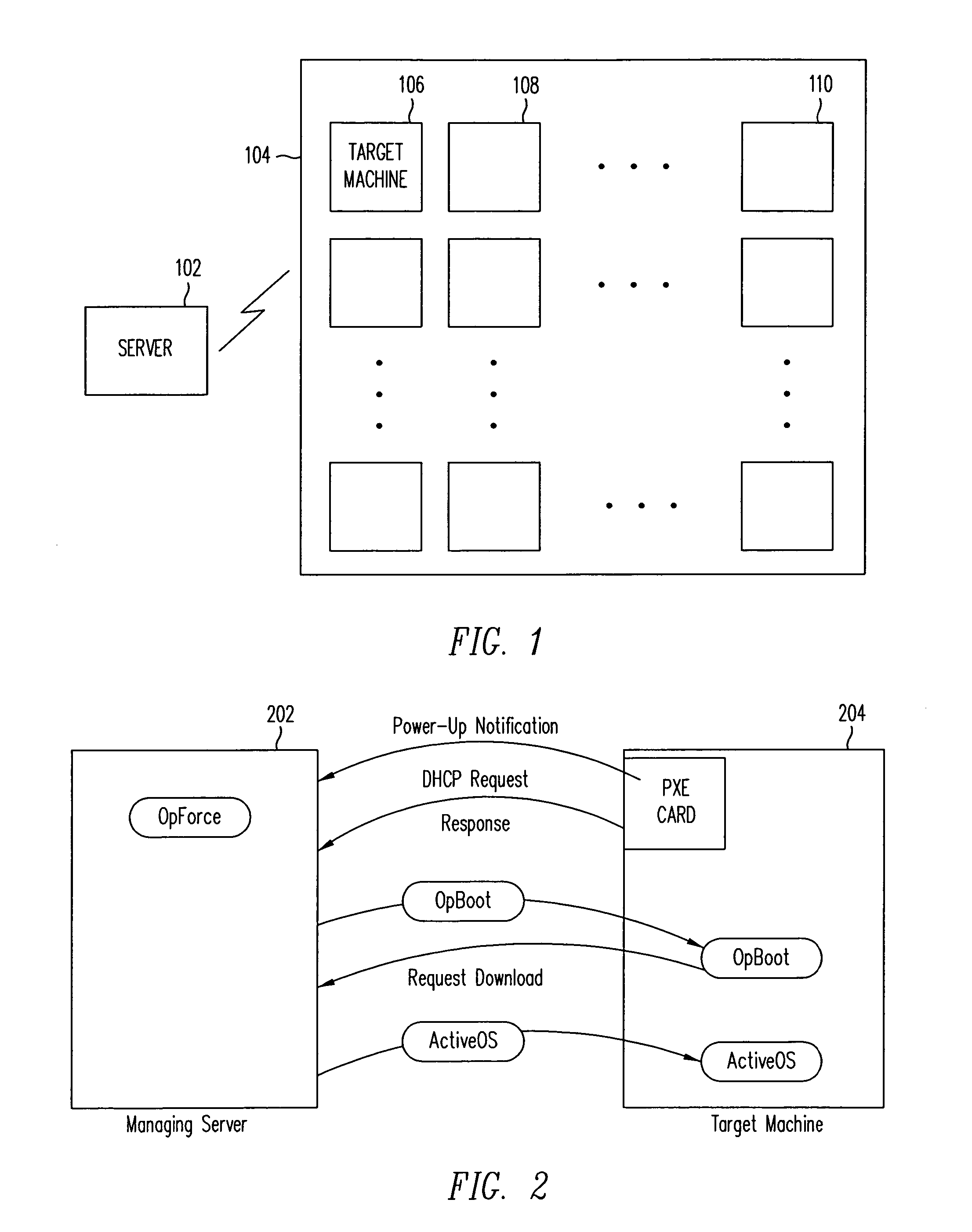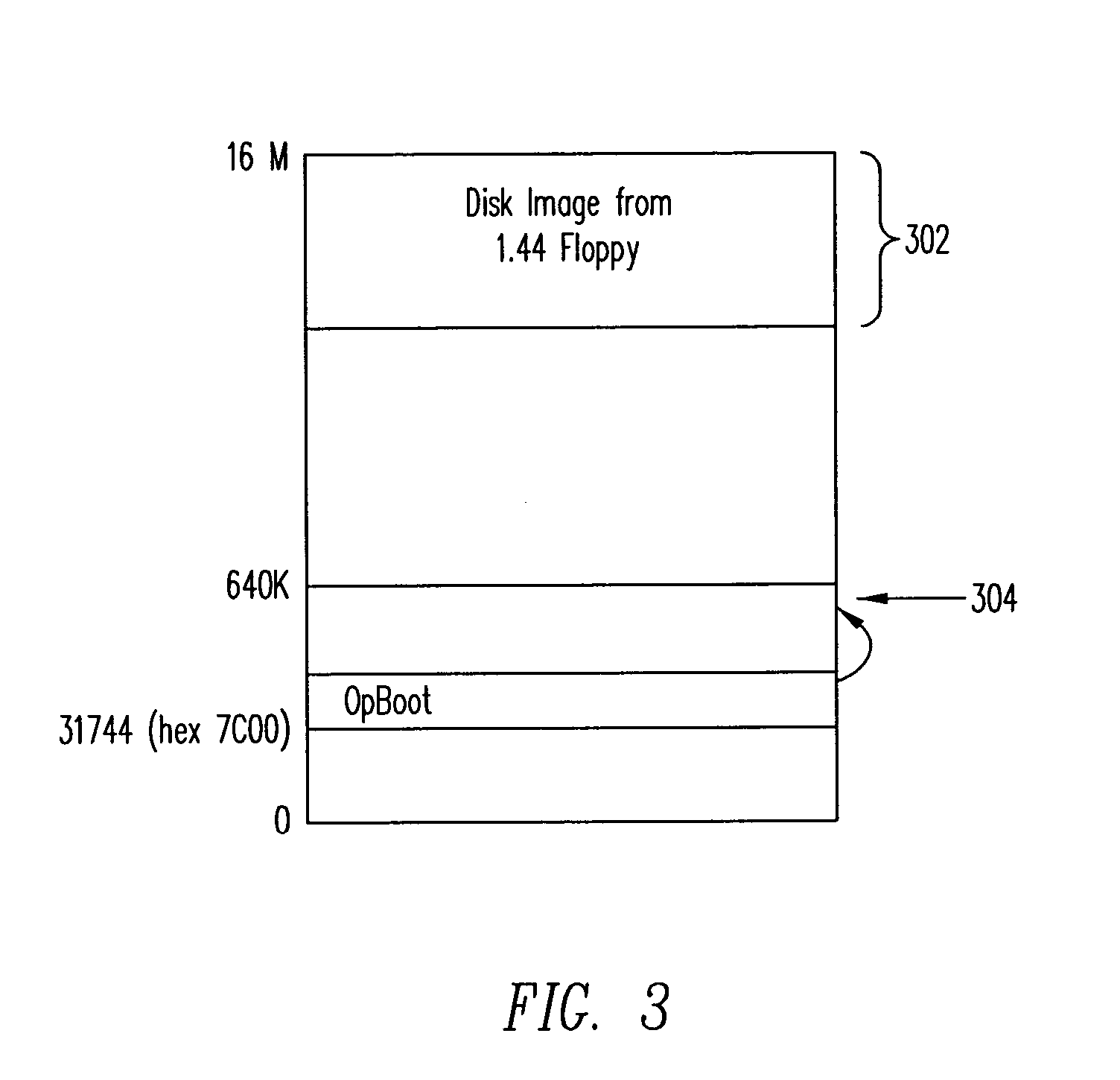Use of off-motherboard resources in a computer system
a computer system and off-motherboard technology, applied in the field of digital data processing, can solve the problems of many external devices not being usable, processors may not have functions, etc., and achieve the effect of saving time and memory spa
- Summary
- Abstract
- Description
- Claims
- Application Information
AI Technical Summary
Benefits of technology
Problems solved by technology
Method used
Image
Examples
Embodiment Construction
[0017]A preferred embodiment of the invention is embodied in systems manufactured by Jareva Technologies, Inc. Aspects of these systems are discussed in the co-pending patent applications referenced above. Some of the aspects of these co-pending applications are next discussed, followed by a description of further details of the invention under the heading “Processor Redirection to Remote Resources,” below.
[0018]FIG. 1 shows an application of the system of the present invention.
[0019]In FIG. 1, server 102 is a computer system for managing target machines in a configurable network. The configurable network is represented by resource 104. Any type of processing equipment or devices can be considered resources including processing units, memory, communication bandwidth, storage, functionality, etc. Such resources can be provided by software, hardware or a combination of both.
[0020]Server 102 detects when target machines such as 106, 108 and 110 are initially powered up. A preferred emb...
PUM
 Login to View More
Login to View More Abstract
Description
Claims
Application Information
 Login to View More
Login to View More - R&D
- Intellectual Property
- Life Sciences
- Materials
- Tech Scout
- Unparalleled Data Quality
- Higher Quality Content
- 60% Fewer Hallucinations
Browse by: Latest US Patents, China's latest patents, Technical Efficacy Thesaurus, Application Domain, Technology Topic, Popular Technical Reports.
© 2025 PatSnap. All rights reserved.Legal|Privacy policy|Modern Slavery Act Transparency Statement|Sitemap|About US| Contact US: help@patsnap.com



